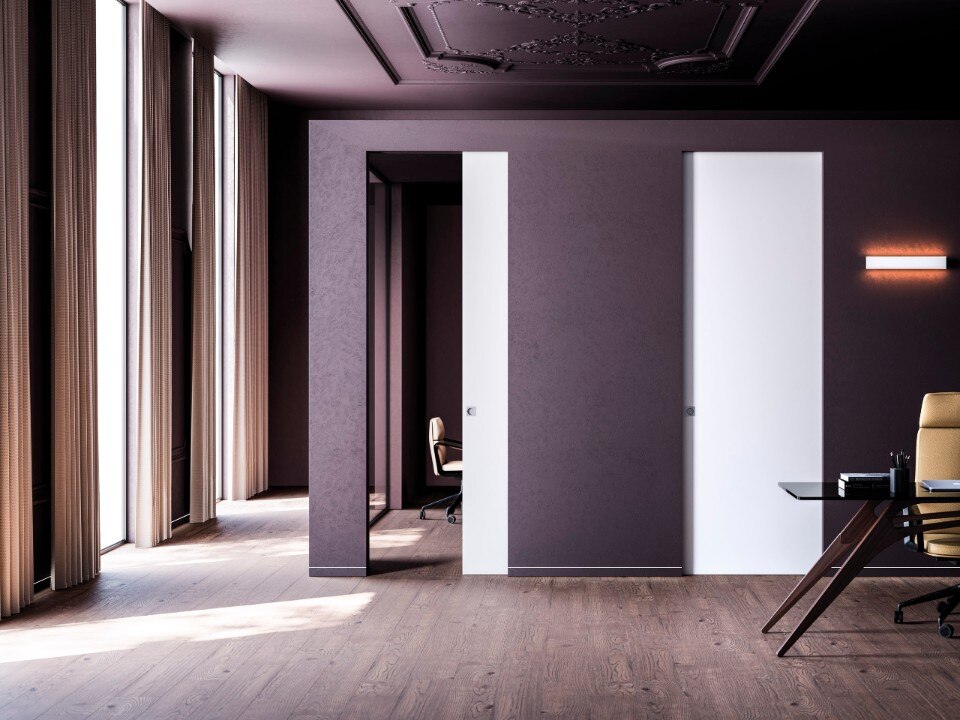
Eclisse: when invisibility art shakes up interior design
A leader in manufacturing pocket door frame systems, Eclisse redefines the concept of living space. Through solutions like Syntesis Line, the company transforms doors into continuous design elements.
- Sponsored content
Pritzker said: “Our jury was clear that, in their view, Frei Otto’s career is a model for generations of architects and his influence will continue to be felt. The news of his passing is very sad, unprecedented in the history of the prize. We are grateful that the jury awarded him the prize while he was alive.
Fortunately, after the jury decision, representatives of the prize traveled to Otto’s home and were able to meet with Otto to share the news with him. At this year’s Pritzker Prize award ceremony in Miami on May 15 we will celebrate his life and timeless work.”


Frei Otto practiced a holistic and collaborative approach to architecture, working with environmentalists, biologists, engineers, philosophers, historians, naturalists, artists, and other architects. A distinguished teacher and author, Otto pioneered the use of modern lightweight tent-like structures for many uses.
He was attracted to them partly for their economical and ecological values. He believed in making efficient, responsible use of materials, and that architecture should make a minimal impact on the environment. Frei Otto was a utopian who never stopped believing that architecture can make a better world for all.

In contrast to the heavy, columned, stone and masonry architecture preferred by the National Socialists in the Germany in which he grew up — Otto’s work was lightweight, open to nature and natural light, non-hierarchical, democratic, low-cost, energy-efficient, and sometimes designed to be temporary.
He is best known for the roofing for the main sports facilities in the Munich Olympic Park for the 1972 Summer Olympics (with Behnisch + Partner and others), for the German pavilion at the 1967 International and Universal Exposition (Expo 67), the Japan Pavilion at Expo 2000 in Hannover, Germany (in 2000, with Shigeru Ban), a series of tent structures for German Federal Exhibitions in the 1950s, and for his work in the Middle East.

 View gallery
View gallery












Enveloped by nature
Conca, by Vaselli, is more than just a hydro-massage mini pool; it is an expression of local history and culture.
- Sponsored content










